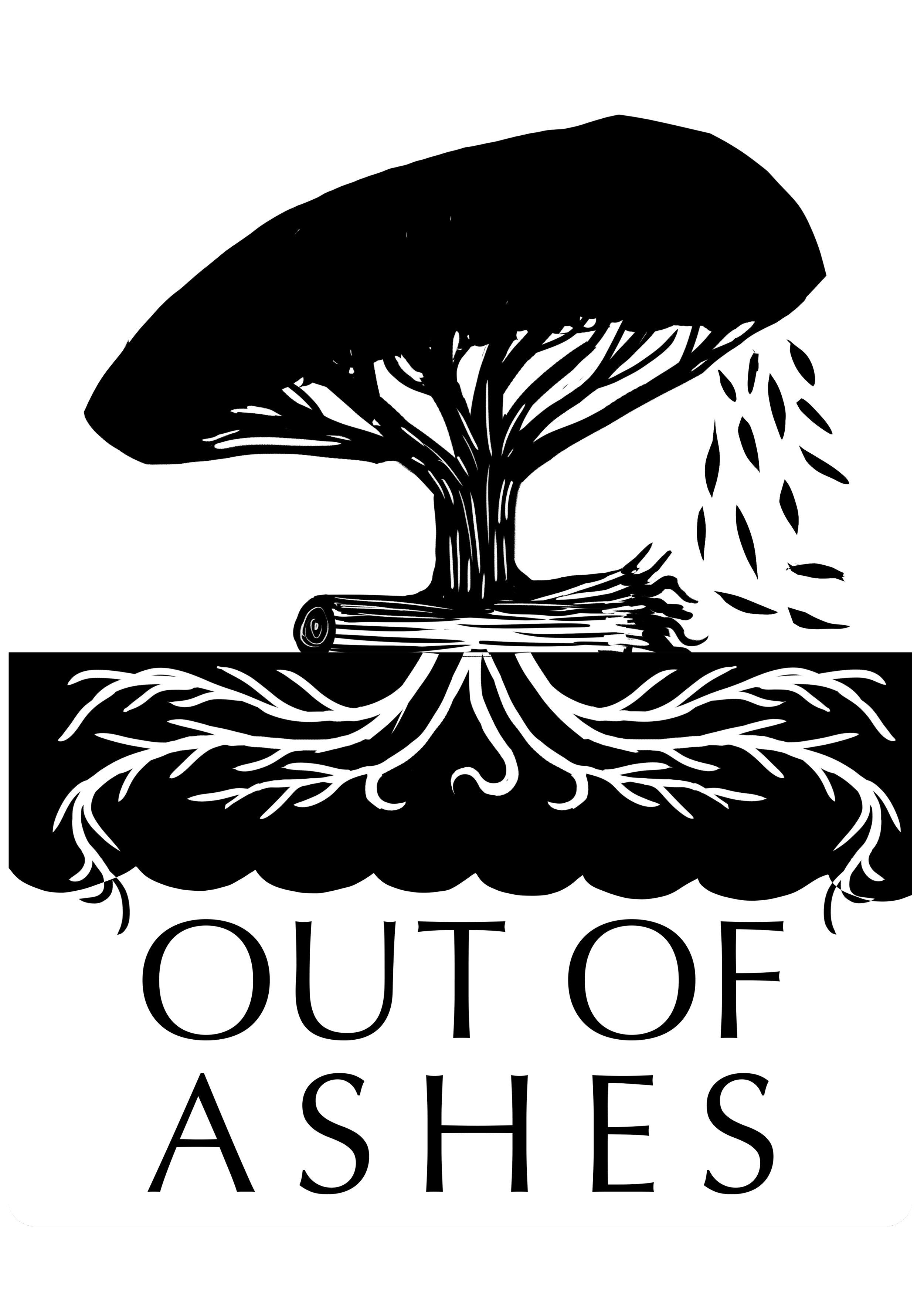Bees! Did you say Beads?! No, bees!
Enjoy the video above, where I'm inspecting the stronger of our two colonies to see how much honey is in the hive as we're heading into fall. They need lots to get them through the winter. If there is any left over in the spring, we'll harvest that.
*I've sped up the video but not the sound; that's the music of the hive.
A little bit about the bees
This is my first year of beekeeping. There is a significant learning curve, because, as it turns out, bees are about the most complicated and fascinating creatures on the planet. Did you know they flap their wings over the honey in the comb until it reaches a moisture point of exactly 18% allowing it to preserve indefinitely? That's just one of the many ridiculously fascinating bits about these creatures. But I'll save the trivia for another time.
This years bees were Italians, sourced from Ruhl Bee, which frankly wasn't ideal. We want to go treatment free with our bees, and these bees were not reared using organic, sustainable practices, therefore, they will likely not do well with our all natural management techniques. I'm hoping they make it through the winter, but not counting on it.
Next year we are sourcing bees through Bee Thinking in SE Portland. They have packages that are a mix of Russian and Corniolian treatment free stock. I've heard very good things about these bees and I'm excited to give them a go. I'm also intending to get some smaller bees to see how those ones do (bees have been bred to be larger over the last 150 years, historically they were smaller, which has some benefits). I'm also hoping to catch a swarm or feral hive. All told, the plan is to move to 5 hives next season, I'll let you know how it goes!
Read more about our bees and their place in the farm eco-system here.
